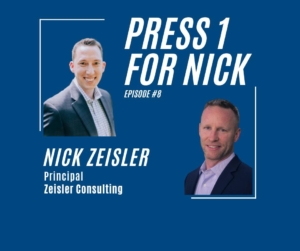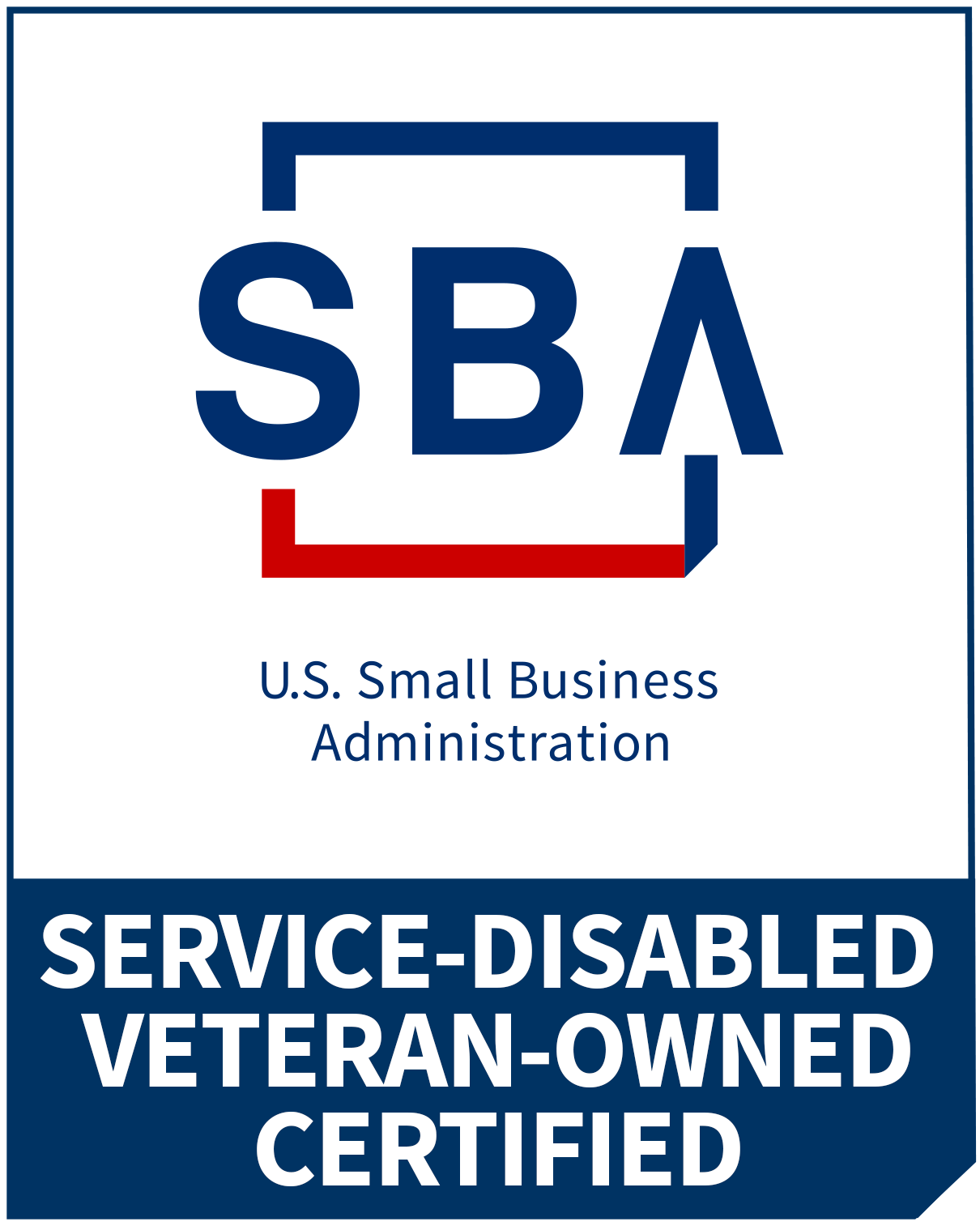I’m on Nick’s podcast!
Check out my episode of Nick Glimsdahl‘s podcast, Press 1 For Nick that we recorded a while back and went live this morning:
What should your surveys look like? Today’s #CXQOTD
Short answer, "No, not necessarily"… keep in mind the goal of your VoC program is INSIGHTS! pic.twitter.com/Ee6Sk7Pl8L
— ✵Nicholas Zeisler (@NicholasZeisler) August 6, 2020
Do you trust your Customers?
One important facet of efficiency and positive CX is making it easy for Customers to deal with you and navigate your processes. The reason this is important is because corporations are necessarily defensive entities: we create processes to protect our organizations from risk and loss. That protection can come in the form of cash-on-hand, liquidity, T&Cs, and sometimes flexibility (for us) in how we deal with our Customers.
What drives a lot of organizations in this direction is fear and avoidance of that risk. If you’ve actually taken the time to read through the miles-long terms and conditions when dealing with just about any service provider, your eyes would likely glaze over. These rules are put in place for no other reason than for the company to be able to avoid litigation, and in some instances even having to deal with a Customer who feels a company has done him or her wrong in the first place. I’ve had several interactions with companies whose agents’ response when I tell them I don’t think I’m being treated fairly is basically that, Well look, sir…it was all lined out in the agreement you accepted when you engaged us in the first place. This likely will avoid litigation (who’s going to sue over our usual disappointments anyway, right?), and for the most part, Customers will swallow that and move on from a negative experience like that. And for that matter I think some of us write it off as a cost of doing business generally and after all, a company does have to protect itself, we may tell ourselves. […]
I’ll be on a podcast! Check it out this Friday
My buddy Nick Glimsdahl interviewed me recently for his podcast, and it’ll be released in just a few days:
It's two Nicks… Or as I like to say, a bad day shaving..
… but a good day for #cx and #cxleaders
@ASalesWarrior, I'm looking forward to this, thanks very much for including me! https://t.co/D2gBpfNJL5— ✵Nicholas Zeisler (@NicholasZeisler) August 3, 2020
Close the loop on your feedback
You’ve likely heard about the concept and practice of “closing the loop” or a “closed-loop feedback” (CLF) cycle. What is it, and how does it work?
There are actually a couple types of closed-loop feedback systems depending on whether you’re talking about internal or external feedback. Internal refers to an employee feedback mechanism where as an external closed-loop feedback system is geared toward the Customer’s inputs and what you do with them. They’re both important to a healthy Customer-centric organization, and they operate basically the same way, just with different sources of feedback. I’ll concentrate on that external, or Customer-centric model here, but realize that there’s another application for this CLF system if you want to approach employee experience the same way.
The overall concept of a CLF cycle is that you (as I’ve often emphasized) do something with the feedback you receive. Rather than just sitting on VoC information or just reporting it, CLFs empower us to actually improve our processes in a focused way thus improving Customers’ future experiences while also showing gratitude to those who offer us their thoughts. At first glance (and if you just take the term literally from its own label), a closed-loop feedback system is one that simply follows up with the Customer on their input. Now, that may take on many different forms depending on how you interpret the concept: Follow-up may be simply replying—perhaps even with an auto-generated, boilerplate, impersonal email—that a Customer’s feedback has been “received.” Sometimes the follow-up is in the form of self-preservation and reaching out to a Customer to save the experience. Let’s be honest: If you don’t find out about a disastrous Customer experience until you’ve received negative feedback is likely to be a lost cause, at least in that instance…that said, sometimes you can recover, and the best experience is sometimes a make-good for what started out as an awful experience. But even these approaches to a CLF don’t really capture the benefit of such a system.
[…]
More webinar! Another Reuters Events chat coming up next week!
Another great webinar from Reuters Events Marketing & CX
Next Wednesday at 10AM!
Register here: https://t.co/Thzau2qRZR
I'm looking forward to chatting with @willcady from Reddit, Inc., Doug Jensen from The Estée Lauder Companies Inc., and Sachin Puri fr…https://t.co/SO4yujWjuP— ✵Nicholas Zeisler (@NicholasZeisler) July 30, 2020






